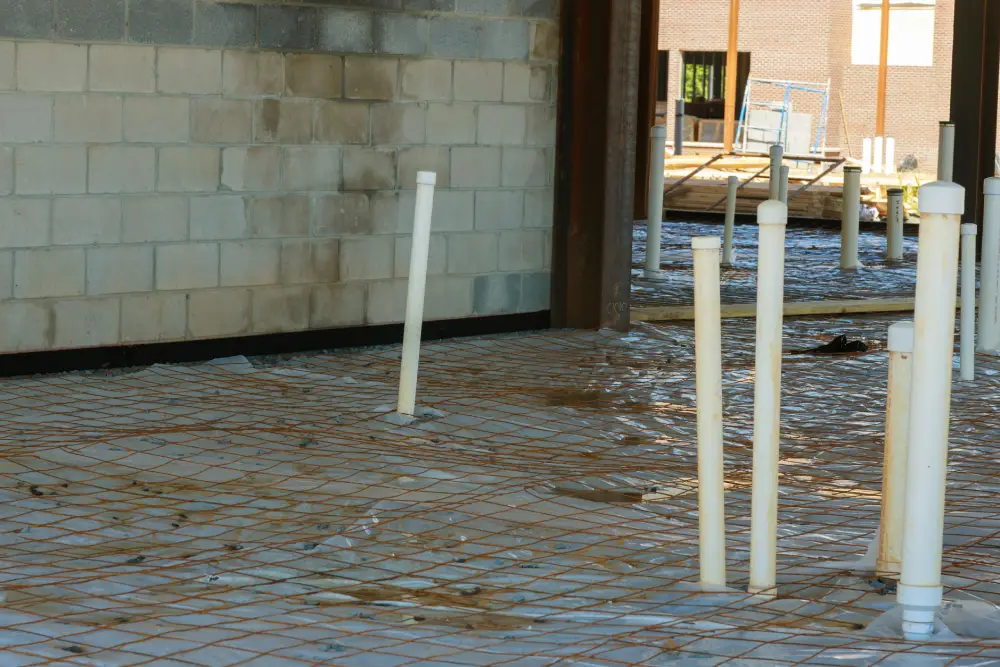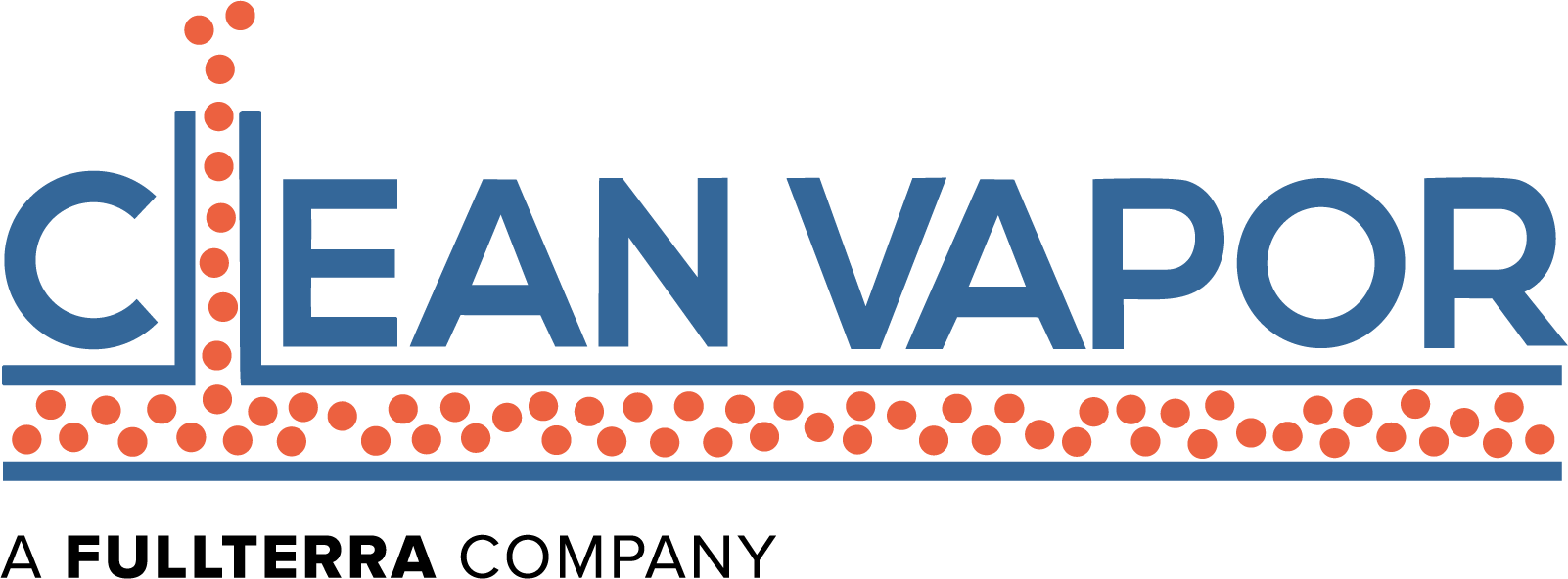When developing property on contaminated sites or brownfields, selecting qualified vapor mitigation contractors is one of the most critical decisions you’ll make. The right contractor doesn’t just install systems—they become your partner in ensuring occupant safety, regulatory compliance, and long-term building performance. Understanding what distinguishes exceptional vapor mitigation contractors from the rest can prevent costly delays, protect your investment, and unlock development opportunities on challenging sites.
What Are Vapor Mitigation Contractors?
Vapor mitigation contractors are specialized professionals who design, install, and monitor systems that prevent harmful subsurface vapors—including volatile organic compounds (VOCs), methane, and radon—from entering buildings through foundations. Unlike general contractors, vapor mitigation contractors possess specific expertise in environmental engineering, soil gas dynamics, barrier installation, and vapor intrusion pathways.
These contractors work at the intersection of construction and environmental science, requiring knowledge of both building systems and contamination behavior. Their scope typically includes installing vapor barriers beneath building slabs, implementing sub-slab depressurization systems, integrating monitoring equipment, and ensuring compliance with ASTM E1745 standards and local building codes.
Why Contractor Selection Matters More Than You Think
Specialized Expertise Protects Your Investment
The quality of vapor mitigation work directly impacts building safety, property value, and project timelines. Inexperienced contractors may miss critical details—inadequate sealing at penetrations, improper venting system design, or insufficient quality control—that compromise system effectiveness. When vapor mitigation contractors lack the necessary expertise, you face potential building evacuations, occupancy permit delays, and expensive remediation work.
Regulatory Compliance Requires Local Knowledge
Vapor intrusion regulations vary significantly by jurisdiction. California’s requirements differ from those in New Jersey or Illinois. Qualified vapor mitigation contractors maintain current knowledge of local building codes, environmental regulations, and permitting processes. This local expertise accelerates approvals and prevents compliance issues that can halt construction.
Long-Term Performance Depends on Installation Quality
A vapor mitigation system must function effectively for decades. Poor installation quality—whether in barrier integrity, venting system configuration, or monitoring integration—leads to system failures that are expensive and disruptive to correct. Professional vapor mitigation contractors understand that installation quality determines lifecycle performance.

Key Qualifications to Evaluate in Vapor Mitigation Contractors
Technical Credentials and Experience
Look for contractors with:
- Documented installation experience: Request examples of similar projects, including square footage installed and site conditions addressed
- Professional certifications: Verify relevant licenses for environmental work and specialized vapor barrier installation
- Engineering support: Ensure access to licensed professional engineers or geologists for system design and oversight
- Testing capabilities: Confirm in-house or partnered soil gas testing and system verification services
The most capable vapor mitigation contractors can demonstrate experience across multiple contamination scenarios—petroleum hydrocarbons, chlorinated solvents, landfill gas, and naturally occurring methane.
Design-Build-Monitor Capabilities
Fragmented service delivery creates coordination challenges and accountability gaps. Leading vapor mitigation contractors offer integrated solutions spanning:
- Site assessment and testing: Comprehensive soil gas characterization to inform system design
- Custom engineering design: Site-specific systems that address unique geological and contamination conditions
- Professional installation: Trained crews executing designs with rigorous quality control
- System verification: Testing and certification confirming performance specifications
- Long-term monitoring: Ongoing performance tracking and maintenance support
This full-service approach eliminates vendor coordination headaches and provides single-source accountability.
Quality Assurance and Documentation
Request detailed information about:
- Installation protocols: Written procedures ensuring consistent quality across projects
- Inspection processes: Third-party verification and documentation practices
- Record-keeping: System as-builts, testing data, and certification documentation
- Warranty terms: Coverage for materials, workmanship, and system performance
Professional vapor mitigation contractors maintain comprehensive project documentation that supports future building modifications, refinancing requirements, or property transfers.
Red Flags That Should Concern You
Limited Geographic Experience
Contractors unfamiliar with your jurisdiction may misunderstand local regulatory requirements, leading to permit delays or non-compliant installations. While national vapor mitigation contractors can serve multiple markets, they should demonstrate specific experience in your region.
Lowest-Bid Mentality
Vapor mitigation isn’t a commodity service. Significantly low bids often reflect:
- Inadequate engineering oversight
- Lower-quality materials or installation shortcuts
- Limited testing and verification
- Absence of long-term support
The cost difference between adequate and excellent vapor mitigation represents a small fraction of total project costs but dramatically impacts risk.
Lack of Monitoring Capabilities
Modern vapor mitigation systems require ongoing performance verification. Contractors who install systems without monitoring integration leave you without visibility into system effectiveness. Advanced vapor mitigation contractors incorporate sensors, telemetry, and data analytics that transform passive barriers into actively managed building safety systems.
Questions to Ask Potential Contractors
Before selecting vapor mitigation contractors, obtain clear answers to:
- How many square feet of vapor barriers have you installed? Experience at scale indicates proven capabilities.
- What engineering resources support your installations? Verify access to licensed professionals for design and problem-solving.
- How do you handle site-specific challenges? Request examples of adapting systems to difficult conditions.
- What testing and verification do you provide? Understand pre-installation assessment through post-installation certification.
- What monitoring and maintenance support do you offer? Clarify long-term service availability.
- Can you provide references from similar projects? Speak directly with developers or owners about their experience.
- How do you coordinate with other trades? Understand integration with waterproofing, foundation work, and mechanical systems.
The FullTerra Advantage: Design-Build-Monitor Excellence
At FullTerra, we’ve established ourselves as nationwide leaders among vapor mitigation contractors by delivering comprehensive solutions that go beyond basic installation. With over 100 million square feet of barrier systems installed and a team of 150+ engineers, geologists, and certified installers, we bring unmatched expertise to every project.
Our integrated approach combines local regulatory knowledge across 40+ states with national capabilities and standardized quality systems. Whether you’re developing a brownfield in California, a former industrial site in the Northeast, or petroleum-impacted property in the Midwest, our specialized brands—including ACT, GeoKinetics, Elite Radon, Clean Vapor, and Midwest Barrier—deliver proven environmental solutions tailored to your specific needs.
We don’t just install vapor barriers; we provide lifecycle assurance through continuous monitoring, data analytics, and long-term maintenance support that keeps your building safe and compliant for decades.
Making Your Decision: A Practical Framework
Evaluate vapor mitigation contractors using this decision framework:
Technical Capability (40%): Engineering resources, installation experience, testing capabilities, quality systems
Service Scope (25%): Design-build integration, monitoring offerings, maintenance support, project management
Regulatory Knowledge (20%): Local code familiarity, permitting experience, compliance track record
References and Track Record (15%): Similar project examples, client satisfaction, problem resolution
The right contractor scores well across all categories, not just price.
Conclusion: Your Partner in Building Safety
Selecting vapor mitigation contractors is about more than comparing quotes—it’s about finding a partner who understands that building safety, regulatory compliance, and project success depend on technical excellence and long-term commitment. The best contractors bring specialized expertise, proven processes, and comprehensive support that transforms environmental challenges into solved problems.Don’t let subsurface vapor concerns delay your development or compromise building safety. Contact FullTerra today to discuss your project’s specific requirements and learn how our nationwide team of vapor mitigation contractors can deliver the expertise, quality, and long-term support your project deserves. Schedule a consultation to assess your site and develop a customized protection strategy that keeps your project on schedule and on budget.





